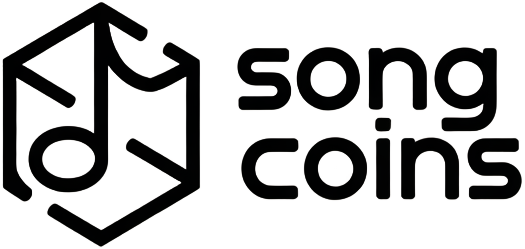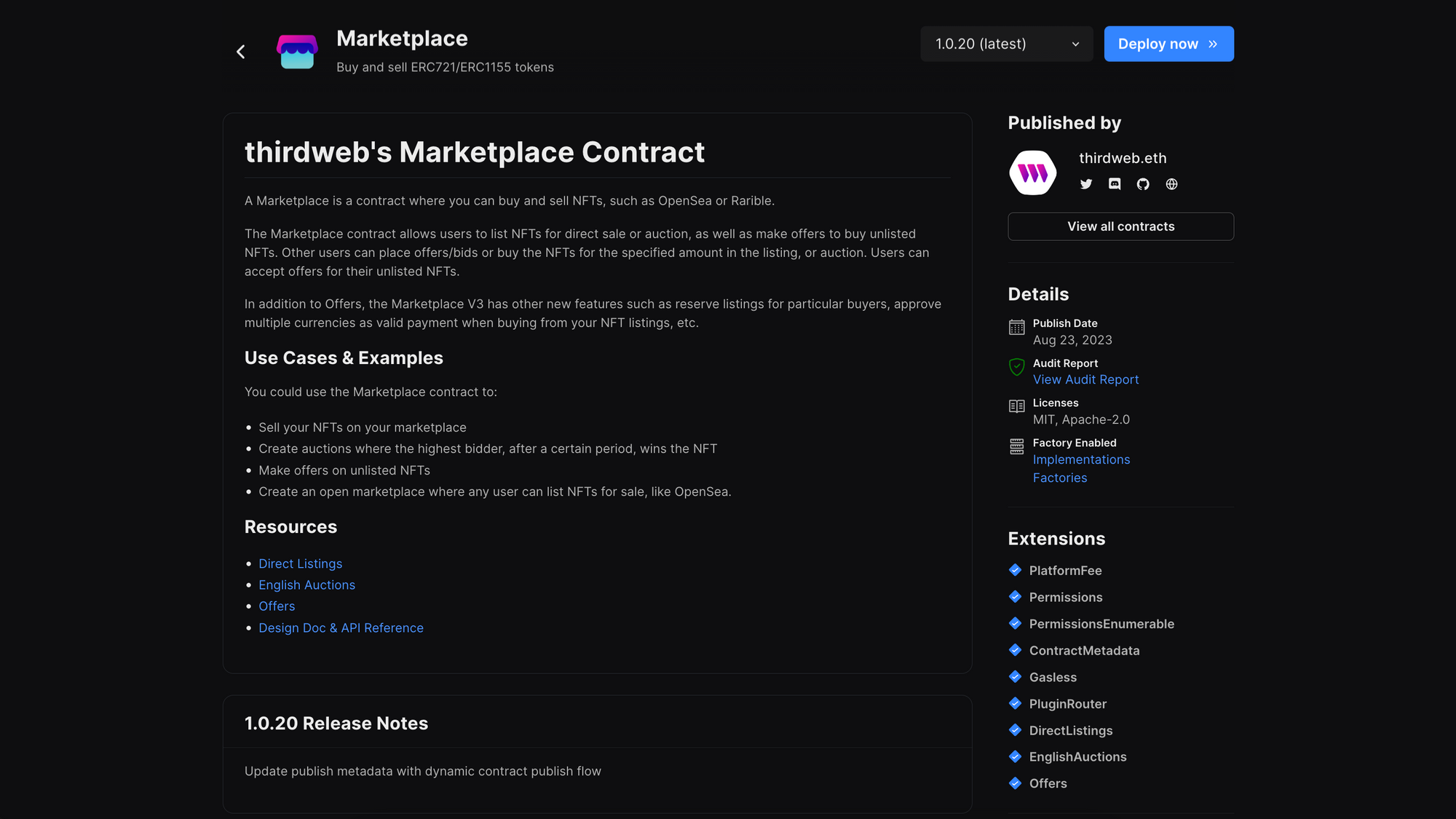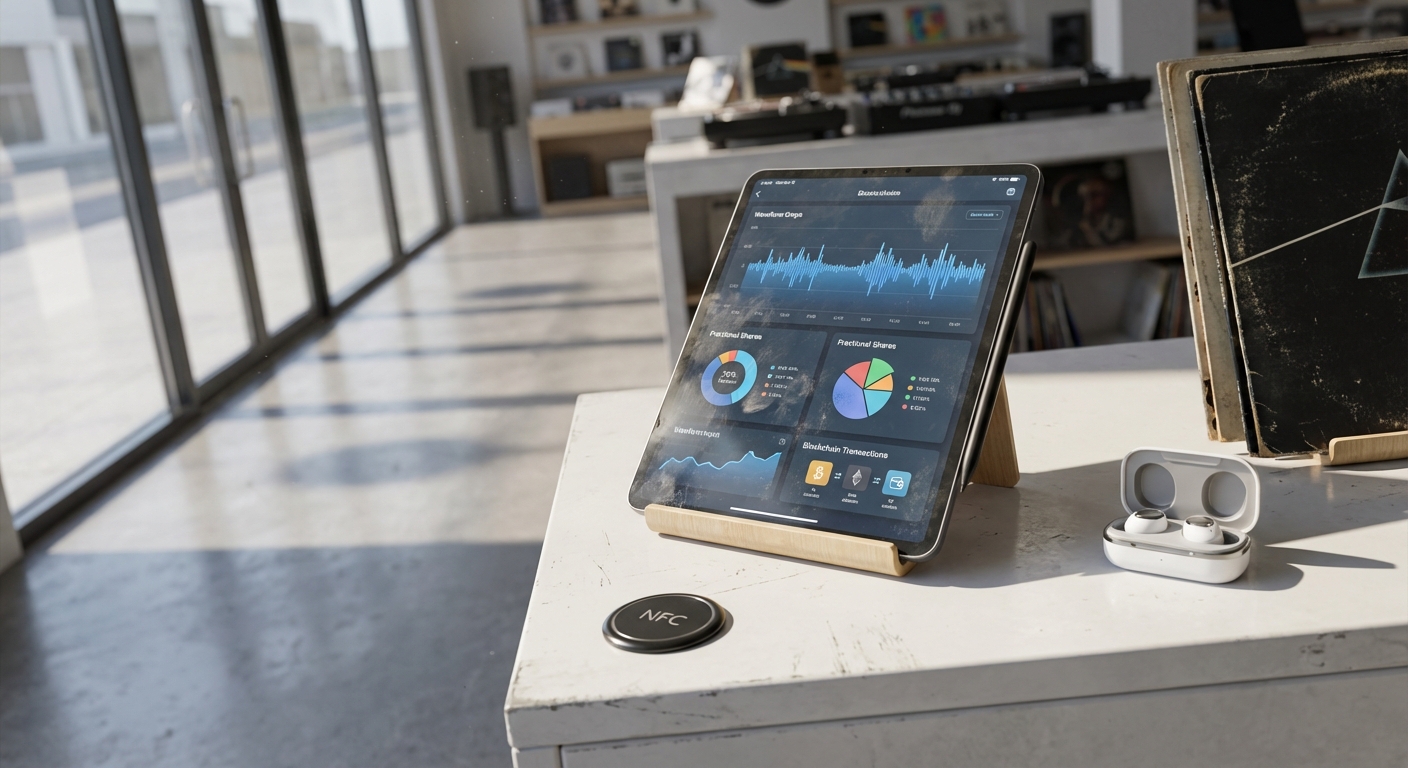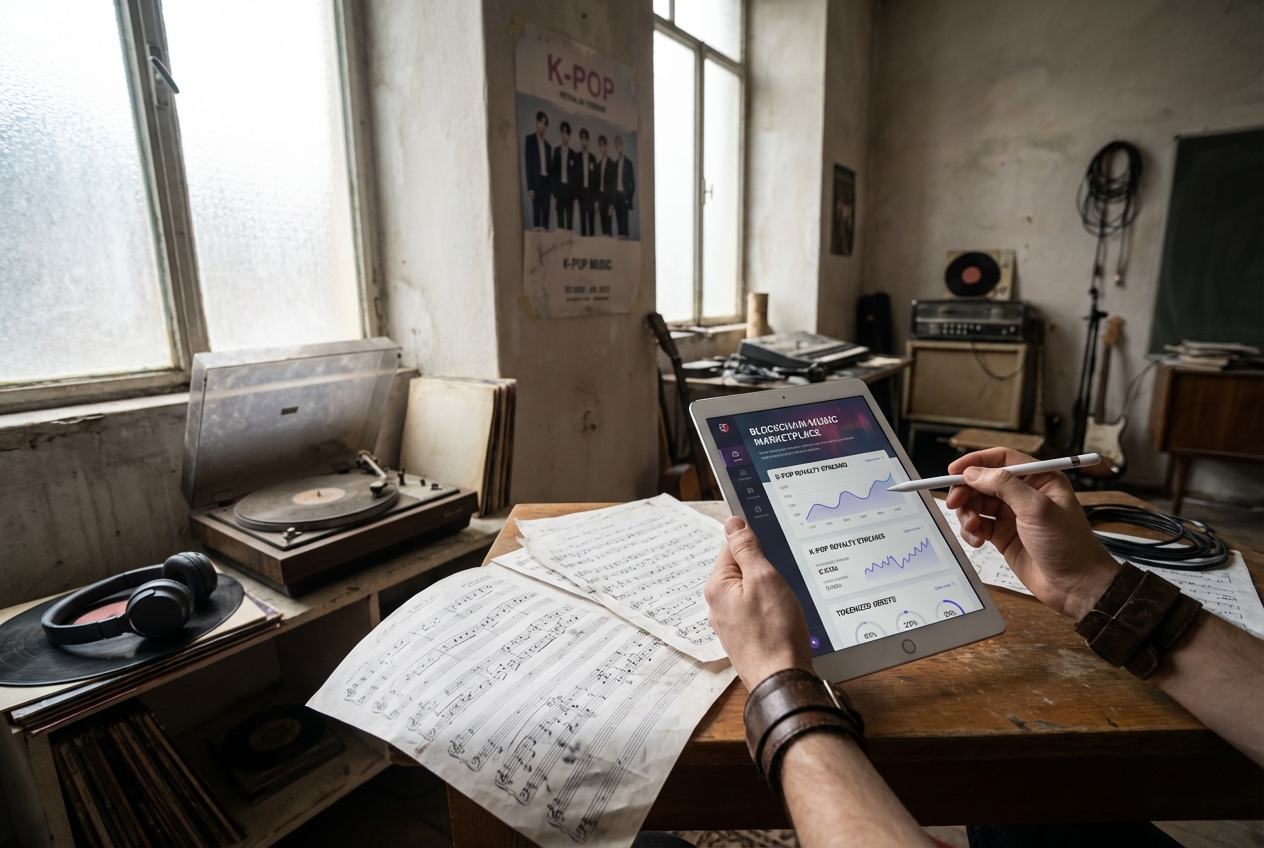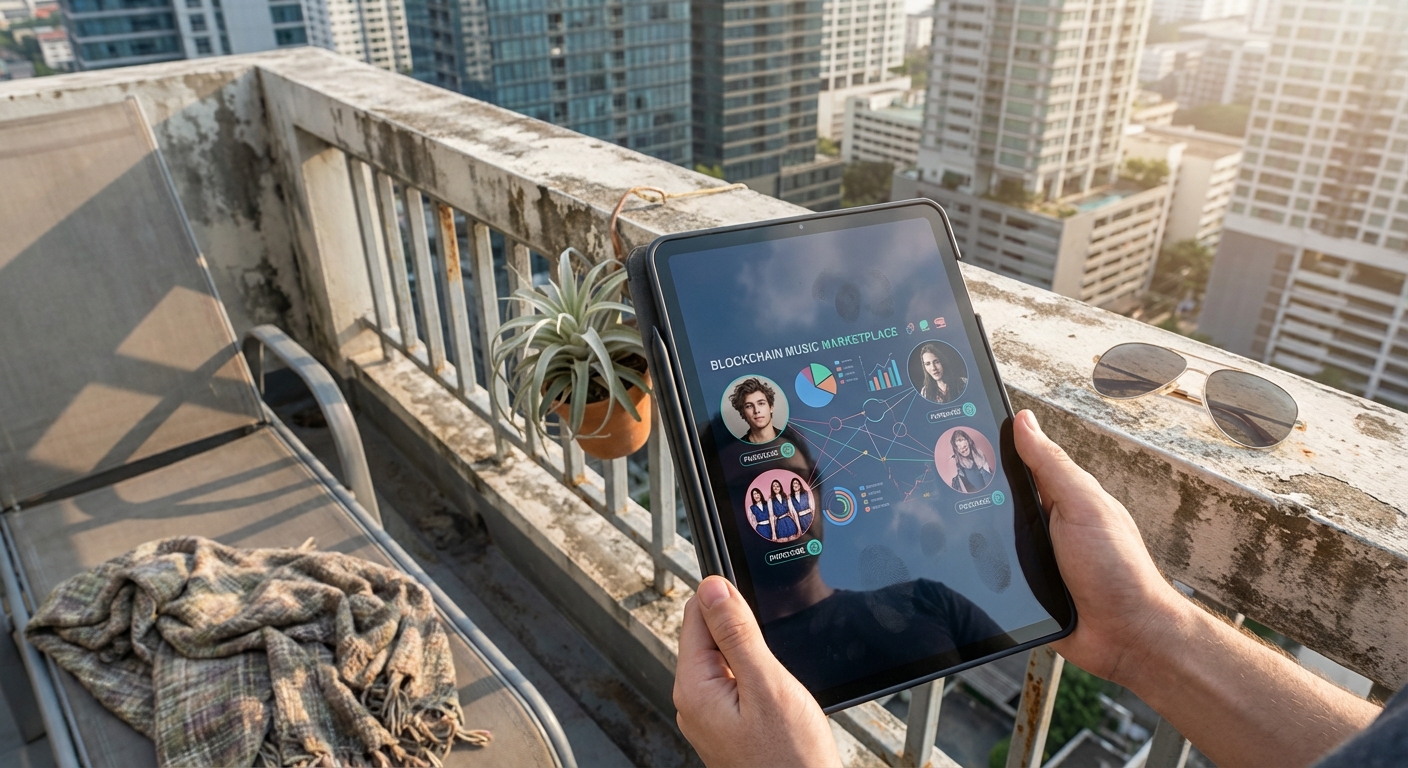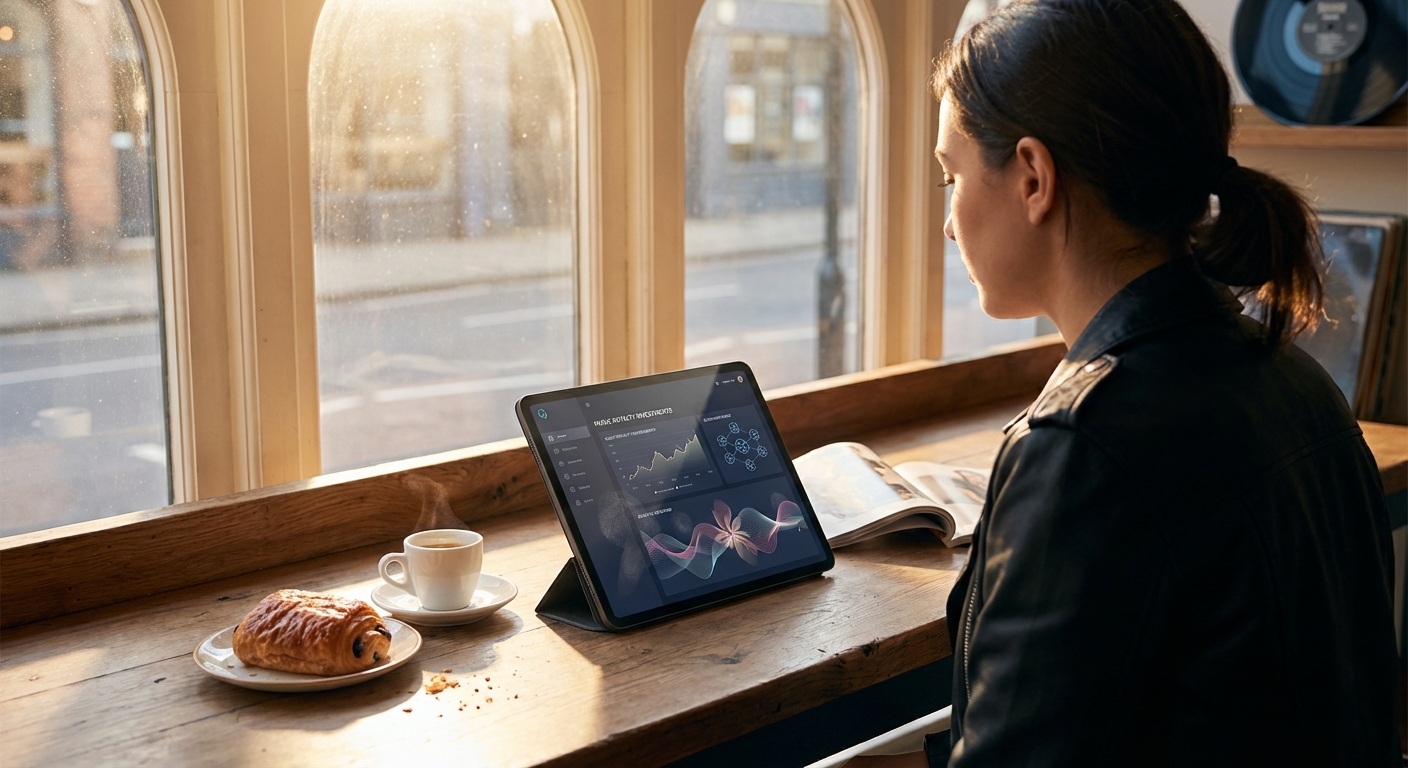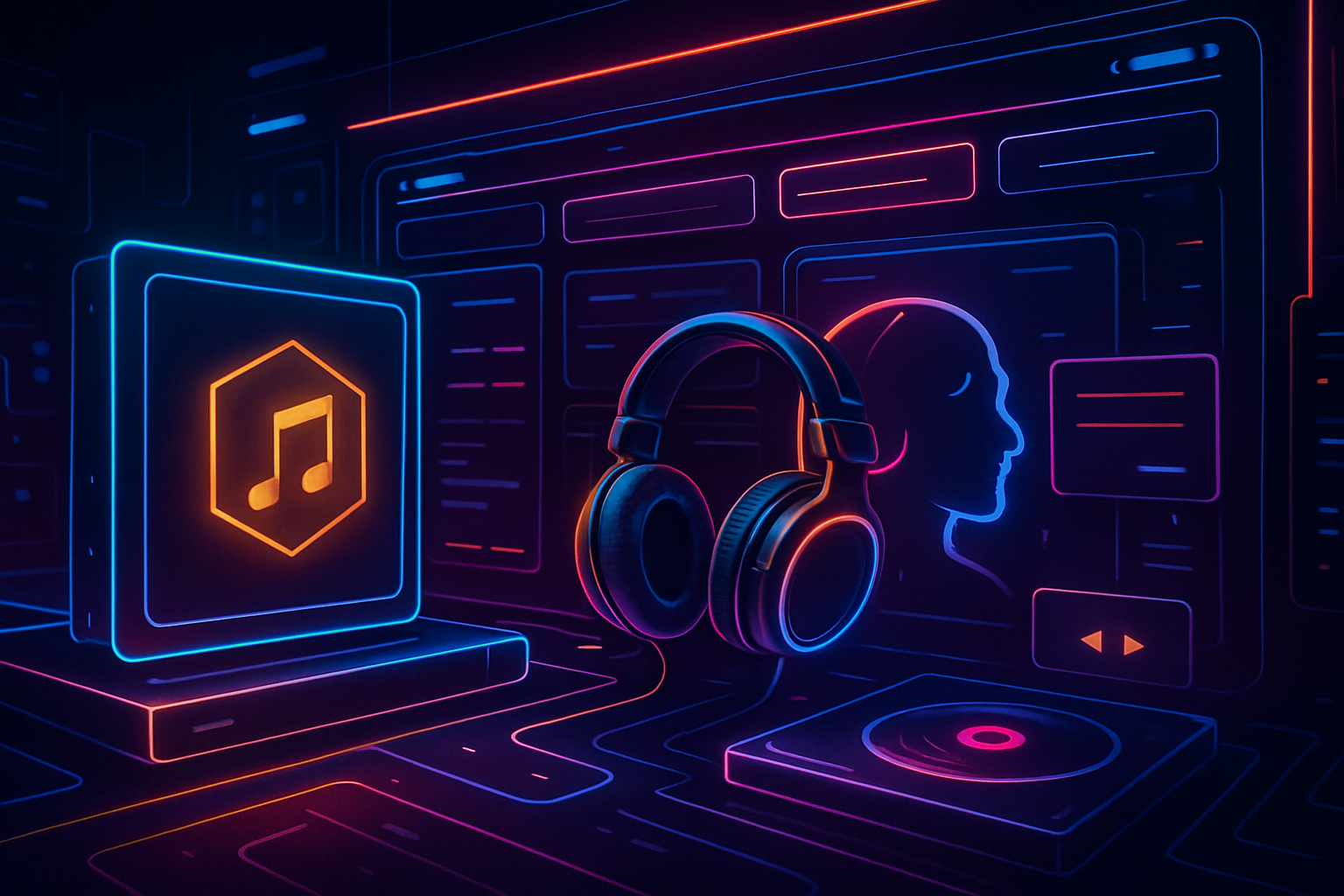
Dynamic NFT royalties are rapidly reshaping the economics of music streaming, offering a sharp break from the legacy systems that often left artists waiting months for ambiguous, opaque payouts. Instead, these programmable assets use blockchain-driven smart contracts to enable real-time royalty distribution based on actual song performance. The result? Artists and fans alike are empowered with unprecedented transparency and flexibility in how music revenues flow.
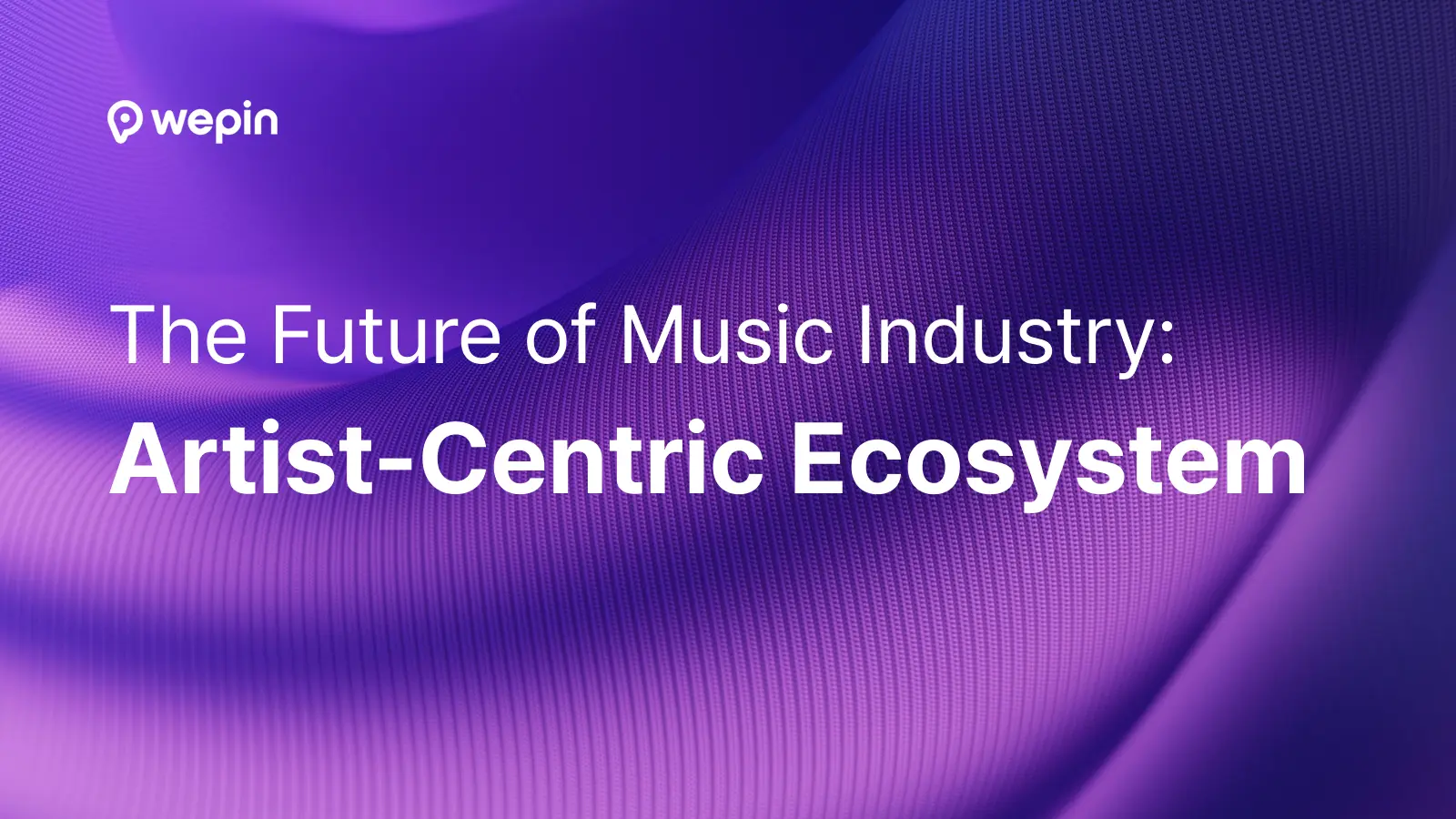
From Static Splits to Adaptive Royalty Engines
The traditional royalty model in music is notoriously sluggish and inefficient. Payments can take quarters to process, with multiple intermediaries slicing away at the pie. Static splits – set percentages regardless of market engagement – fail to capture the true value generated by a track as it rises or falls in popularity. Dynamic NFT royalties solve these pain points by linking off-chain streaming data (Spotify plays, YouTube views, etc. ) directly to on-chain royalty calculations.
KWALA, for instance, offers a $49/month tier for 10,000 block triggers and supports cross-chain payouts natively. Its YAML-driven automation enables creators to set up workflows where every stream triggers an immediate payout – no more waiting for quarterly statements or relying on centralized servers.
Pioneers in Performance-Based Music Royalties
The momentum behind dynamic NFT royalties is not just theoretical – several high-profile projects have already demonstrated their viability at scale:
Landmark Dynamic NFT Royalty Drops in Music
-
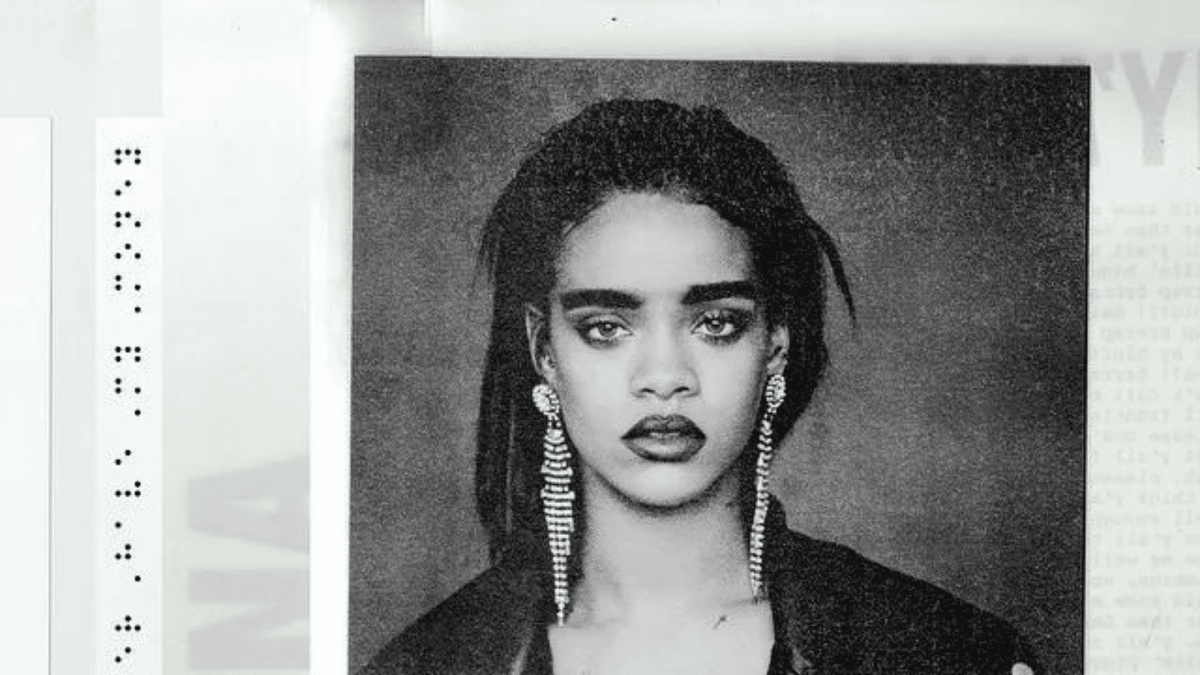
Rihanna’s “Better Have My Money” NFT with AnotherBlock (2023): In a pioneering move, Rihanna and producer Jamil “Deputy” Pierre partnered with AnotherBlock to release 300 NFTs tied to the hit song “Better Have My Money.” Holders of these NFTs received a share of the song’s streaming royalties, with the first payouts distributed soon after launch, demonstrating the power of real-time, performance-based compensation.
-
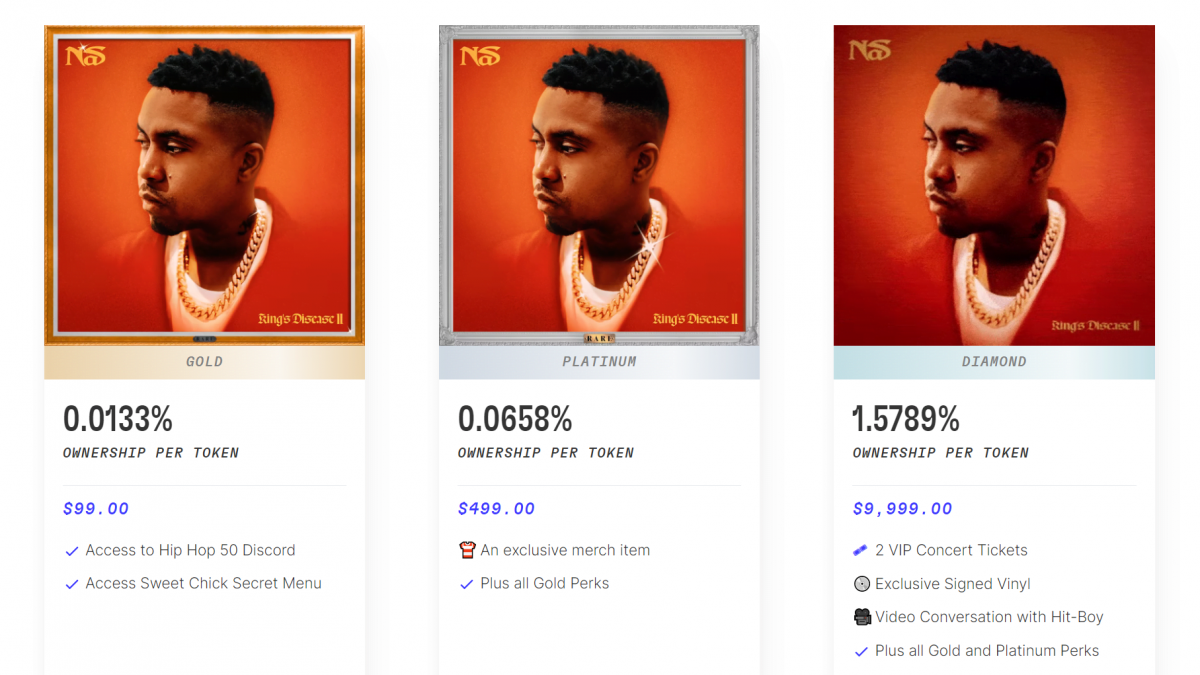
Nas’s Royal.io NFT Song Drops (2022): Hip-hop legend Nas collaborated with Royal.io to offer NFTs for his tracks “Ultra Black” and “Rare.” These NFTs granted fans fractional ownership of streaming royalties, enabling direct investment in the music’s ongoing success and setting a new standard for artist-fan financial alignment.
-
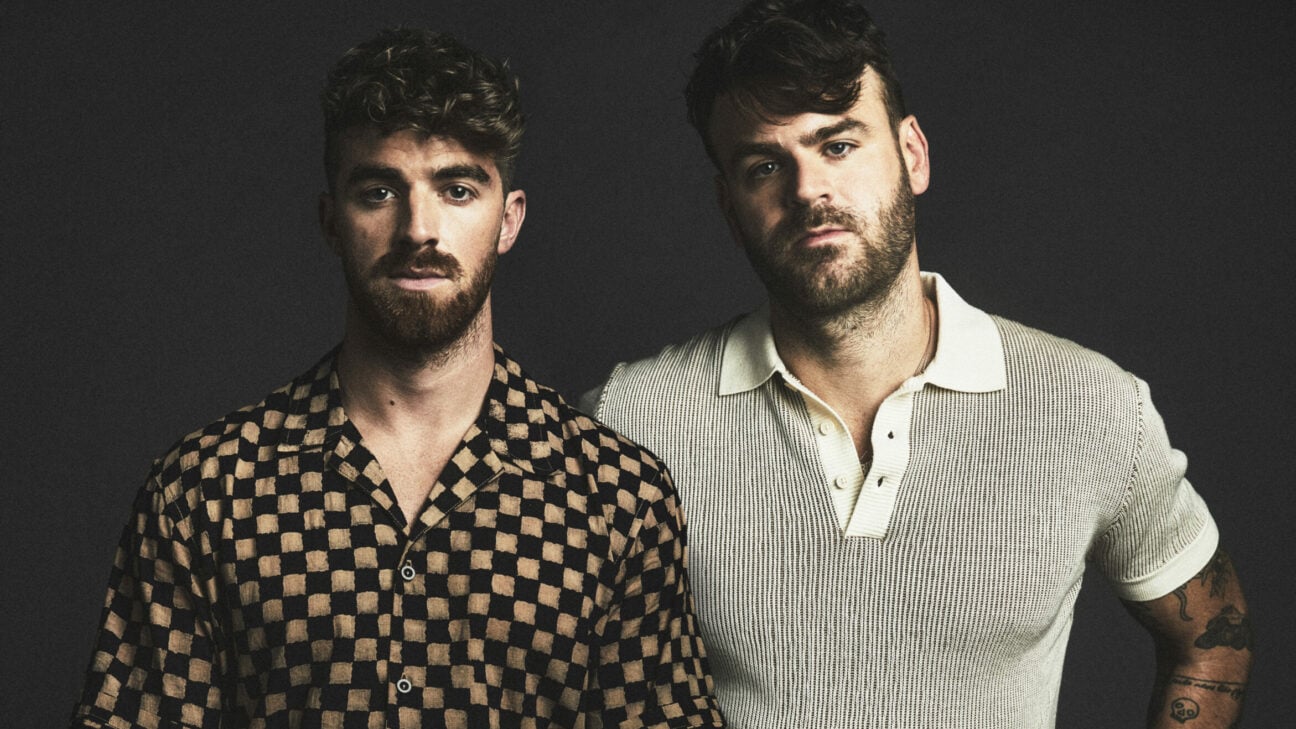
The Chainsmokers’ Fan-Owned Album Initiative (2022): Electronic duo The Chainsmokers released 4,000 NFTs via Royal.io, each providing fans with a share of streaming royalties from their album “So Far So Good.” This initiative not only rewarded loyal listeners but also deepened fan engagement by making them stakeholders in the album’s performance.
-
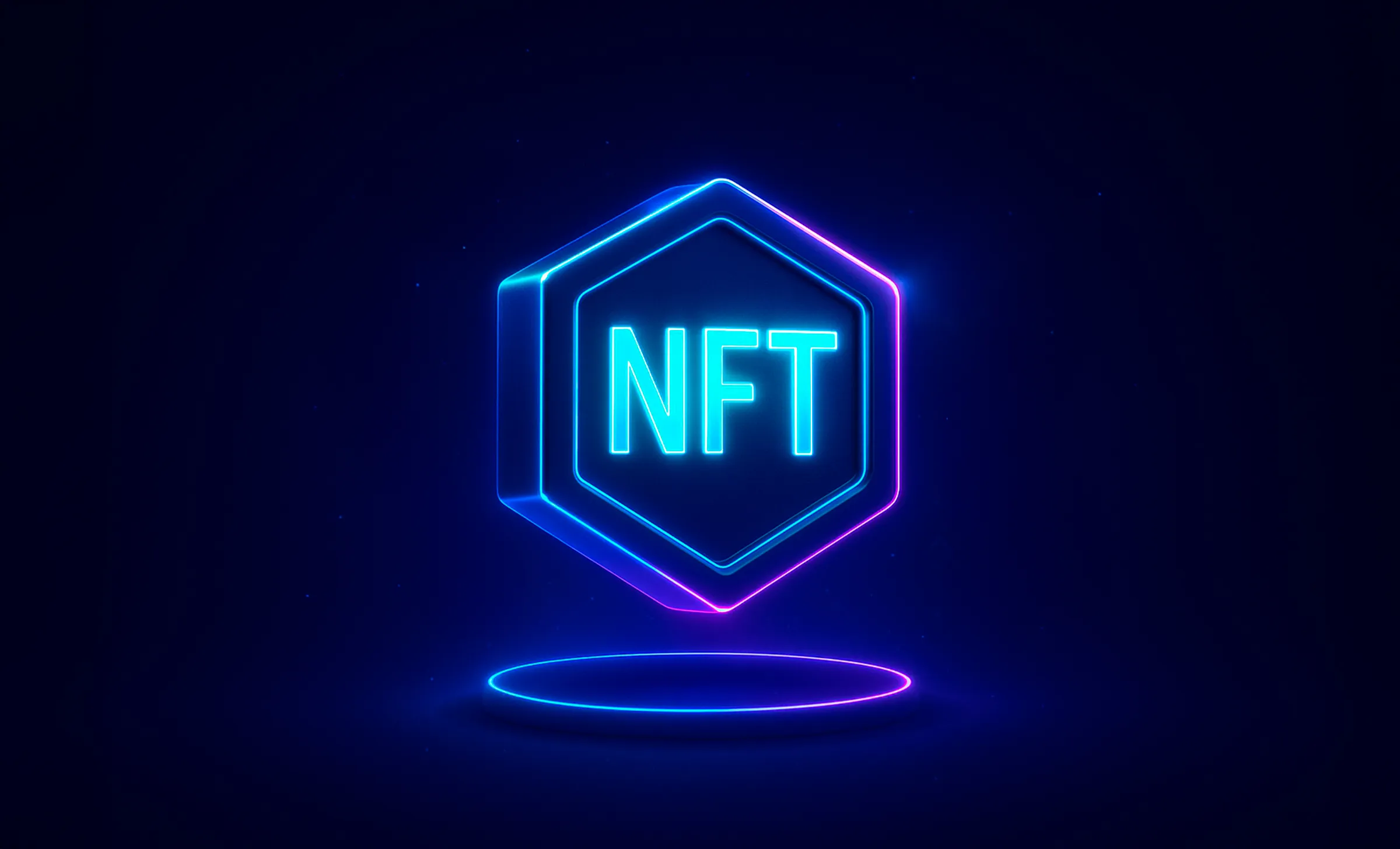
KWALA’s Dynamic NFT Royalty Platform: KWALA has emerged as a key infrastructure provider, enabling artists and platforms to automate real-time, dynamic royalty payouts based on actual streaming data. By integrating off-chain metrics with on-chain smart contracts, KWALA ensures that music NFT royalties adapt fluidly to real-world performance.
Consider Rihanna’s collaboration with AnotherBlock in February 2023. By releasing 300 NFTs tied to “Better Have My Money, ” producer Jamil “Deputy” Pierre enabled holders to receive a share of streaming royalties almost immediately after launch (source). Similarly, Royal. io’s partnerships with Nas and The Chainsmokers have allowed fans to invest directly in their favorite songs’ success and share in real-world revenue streams (source).
The Tech Stack Powering Automated Royalty Payments
The backbone of this new model is the integration between off-chain performance data and on-chain smart contracts. Platforms like KWALA use APIs to ingest real-time streaming metrics and trigger blockchain transactions accordingly. Every play or download becomes a micro-event that can send funds instantly to rights holders’ wallets according to programmable logic.
This approach eliminates manual reconciliation and dramatically reduces administrative overhead. Artists receive fair compensation that scales with actual demand; rights holders can audit every transaction via immutable ledgers; fans become active participants rather than passive consumers.
Perhaps most importantly, dynamic NFT royalties address one of the music industry’s longest-standing inefficiencies: the lag between consumption and compensation. By leveraging blockchain’s immutable record-keeping and programmable logic, platforms like KWALA, Royal. io, and AnotherBlock are setting a new standard for automated royalty payments that are both transparent and instantaneous. Gone are the days of black-box accounting and quarterly surprises, now every stream, download, or sync can be tracked and monetized in near real-time.
Quantifying the Impact: Transparency Meets Liquidity
The numbers speak for themselves. With KWALA’s $49/month tier supporting up to 10,000 block triggers, even independent artists can now access enterprise-grade royalty automation. This cost structure is especially disruptive when compared to traditional royalty collection societies or intermediaries that often take significant percentages off the top. For investors and NFT collectors, this means more predictable cash flows and granular control over portfolio construction, fractional ownership of streaming rights becomes a liquid asset class rather than an illiquid bet on future payouts.
Moreover, as platforms natively support cross-chain payouts, the barriers between different blockchain ecosystems are falling away. This interoperability ensures that artists can reach global audiences while maintaining control over their intellectual property, and fans can invest across genres and regions without friction.
Risks, Rewards, and What Comes Next
No innovation comes without trade-offs. While dynamic NFT royalties solve much of the opacity around music streaming payouts, they introduce new considerations around data integrity (ensuring off-chain metrics accurately reflect consumption), regulatory compliance (particularly with securities laws), and smart contract security. The upside? These challenges are being actively addressed by both technical teams and legal experts as adoption accelerates.
For those seeking exposure to this evolving sector, whether as an artist looking to monetize catalog assets or an investor diversifying into performance-based music royalties: the opportunity set is expanding rapidly. The ability to buy, sell, or trade fractionalized rights on open marketplaces brings a level of liquidity previously unimaginable in music finance.
Key Benefits of Dynamic NFT Royalties in Music Streaming
-

Fairer Artist Compensation: Dynamic royalties adjust in real time according to actual streaming performance and listener engagement, guaranteeing that artists and collaborators are paid in direct proportion to their music’s popularity.
-
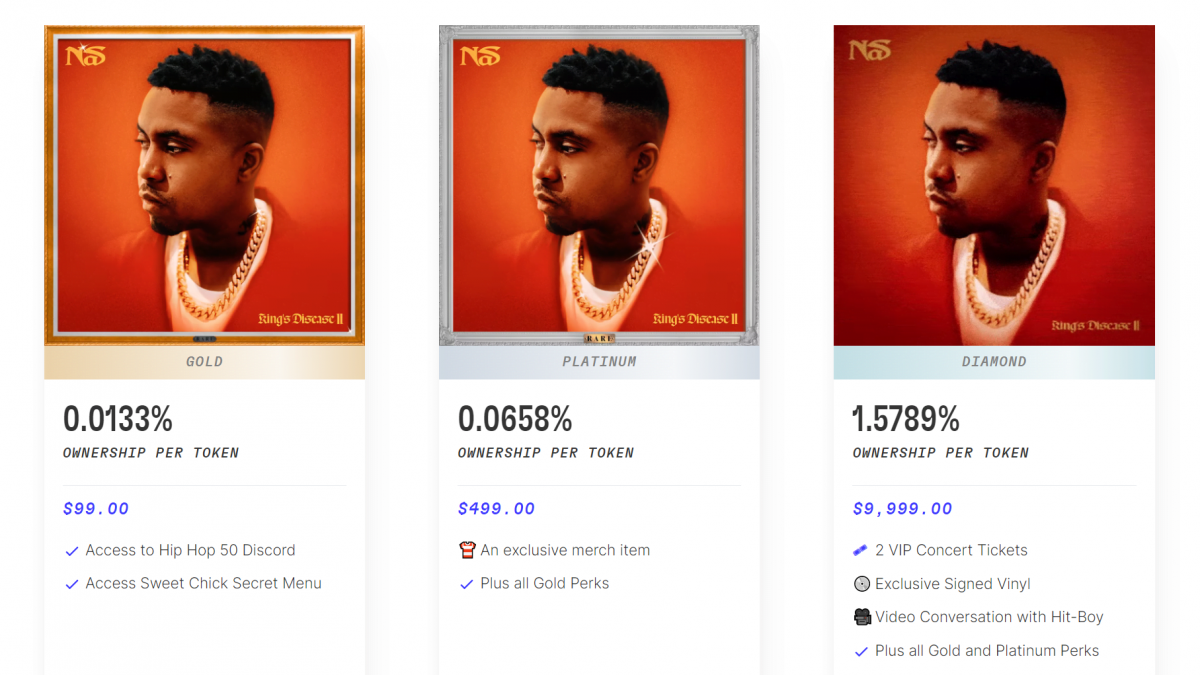
Direct Fan and Investor Participation: Initiatives like AnotherBlock and Royal.io allow fans to own fractional shares of streaming royalties via NFTs, fostering deeper engagement and new investment opportunities.
-
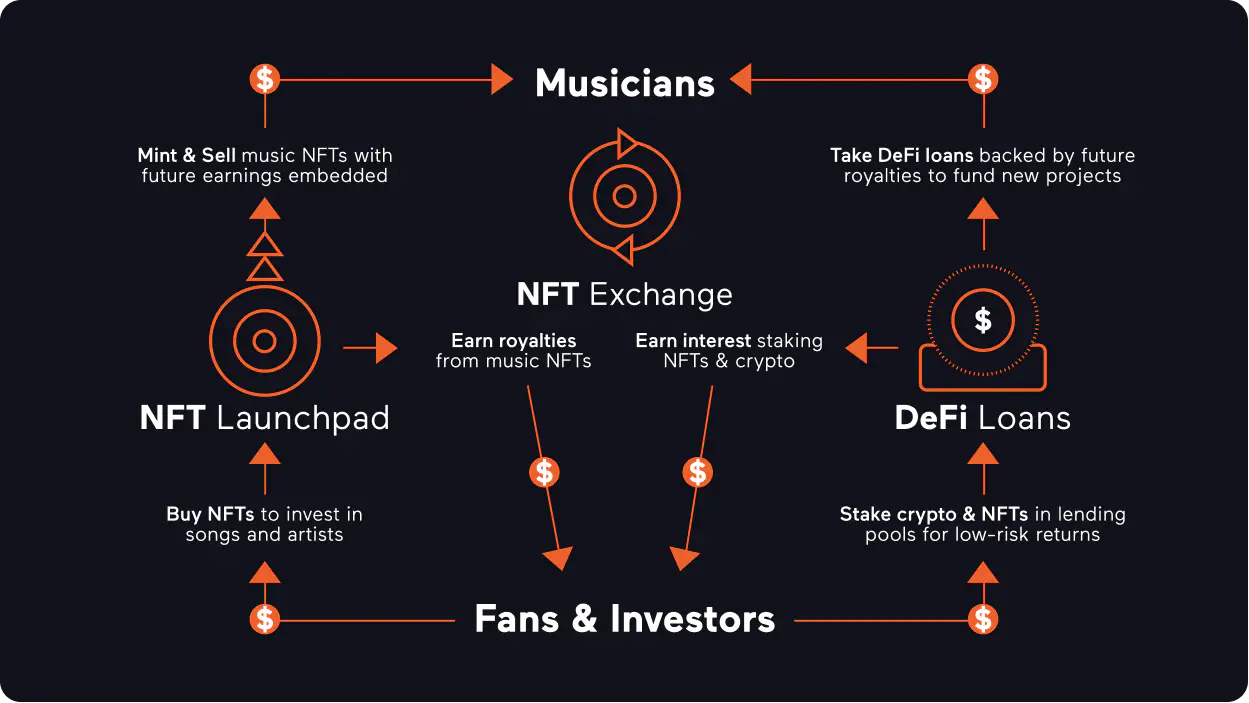
Reduced Intermediaries and Costs: By leveraging blockchain and smart contracts, dynamic NFT royalties eliminate traditional middlemen, reducing administrative overhead and maximizing revenue for creators and stakeholders.
-
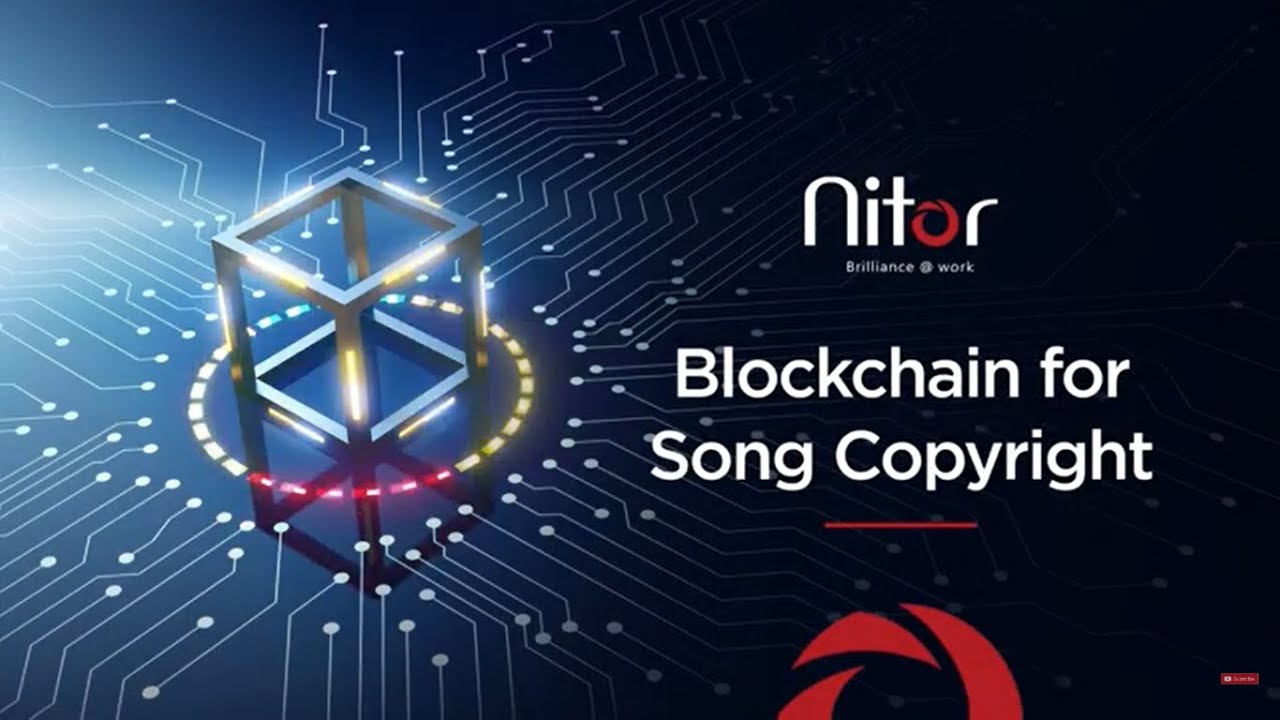
Immutable Proof of Ownership and Revenue: All royalty transactions and ownership records are permanently stored on-chain, providing verifiable, tamper-proof documentation for artists, fans, and industry partners.
-
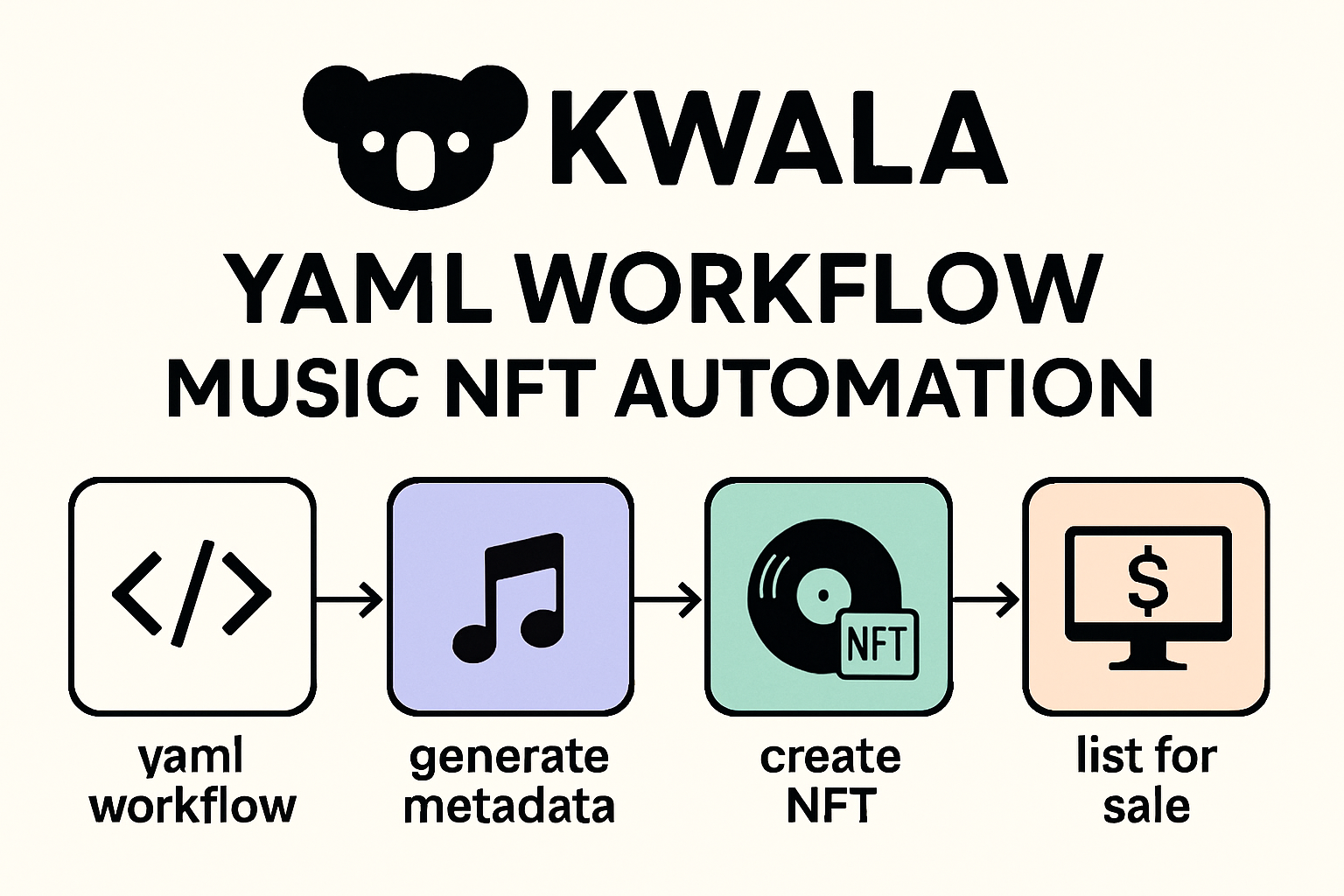
Enhanced Industry Efficiency and Trust: Platforms such as KWALA utilize YAML-driven workflows to automate royalty calculations and distributions, streamlining operations and building trust through transparent, auditable processes.
The next phase will likely see deeper integration with AI-powered analytics for even more nuanced royalty splits based on listener engagement metrics (such as skip rates or playlist placements), further optimizing revenue distribution models. As these systems mature, and as mainstream platforms integrate them, the vision of a truly equitable music economy comes into sharper focus.
The Bottom Line: Dynamic NFT Royalties Are Here to Stay
Dynamic NFT royalties aren’t just a technological upgrade, they’re a paradigm shift in how value is created and shared in music. By aligning incentives across creators, fans, and investors through transparent automation, they promise not only fairer payouts but also deeper engagement up and down the value chain. For anyone watching the intersection of blockchain technology and creative industries, this is one revolution you won’t want to miss.
